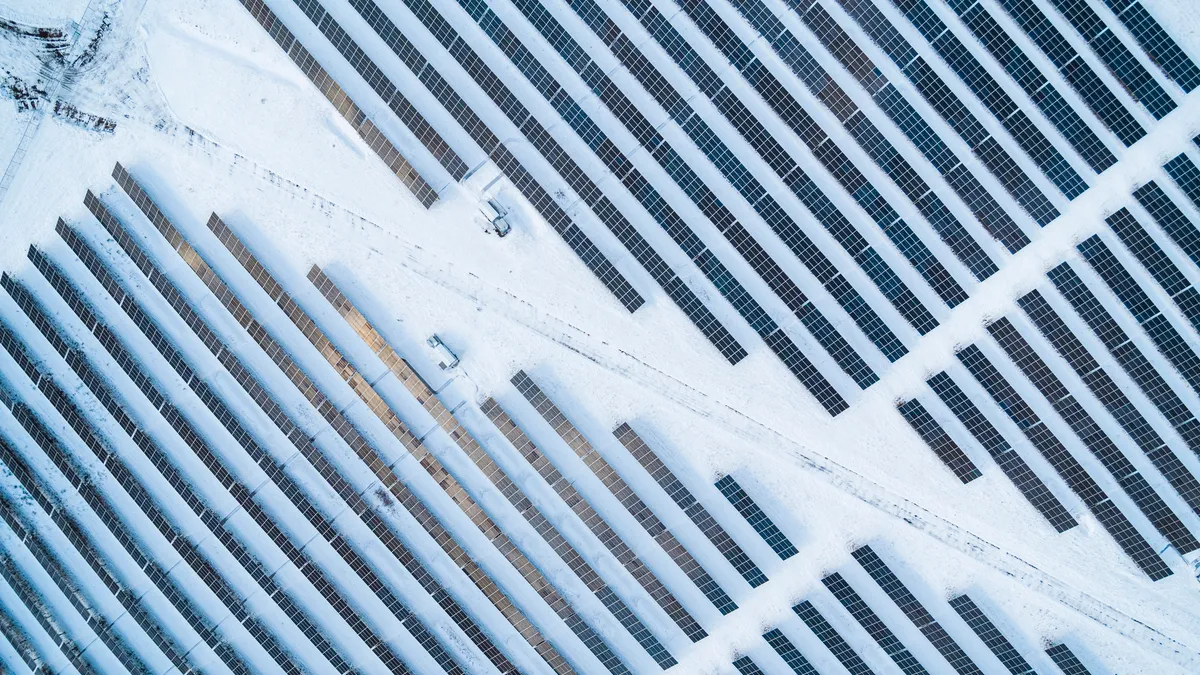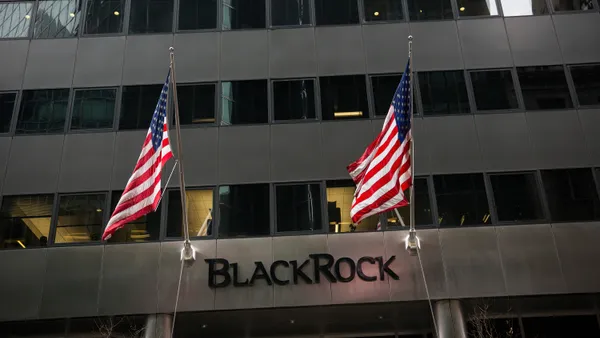Dive Brief:
- Solar additions will contribute 58% of new electricity generation capacity this year, while battery storage additions will make up 23%, according to the U.S. Energy Information Administration.
- Solar will add a record 36.4 GW if additions proceed as scheduled this year, the EIA said Feb. 15. “This growth would almost double last year’s 18.4 GW increase, which was itself a record for annual utility-scale solar installation in the United States.”
- Martin Pochtaruk, CEO of solar manufacturer Heliene, said solar deployment has been “beating the forecasts year after year,” but that the industry is in strong need of regulatory guidance — particularly for certain IRA tax credits.
Dive Insight:
“The latest [forecasting] is saying that 2024 is going to add roughly 36 gigawatts of solar, which is what – 25% more than what they said a year ago?” Pochtaruk said in an interview. “When you look at the EIA reports from 2020, they were anticipating for 2040 what they're now saying for 2030. So there’s this acceleration.”
The EIA also anticipates battery storage additions will set a record this year, “nearly [doubling]” if developers follow through on their plans to add around 14.3 GW to an existing 15.5 GW of capacity.
Three states combined will build more than half of the new utility-scale solar capacity in the pipeline now — Texas will build 35%, California 10% and Florida 6%, said the EIA.
Primergy Solar will bring the Gemini solar facility online in Nevada this year as well, with 690 MW of solar capacity and 380 MW of battery capacity — expected to be the largest solar project in the U.S., the EIA said.
“The Inflation Reduction Act has also accelerated the development of energy storage by introducing investment tax credits for stand-alone storage,” said the EIA. “Prior to the IRA, batteries qualified for federal tax credits only if they were co-located with solar.”
Pochtaruk said the tax incentives included in the IRA are “groundbreaking … versus anything else we have ever had in the U.S. for manufacturing,” but added that there is “a lot of uncertainty for new investments.”
This uncertainty includes the current low prices for modules, which is impacting manufacturers like Heliene, as well as the uncertainty generated by a lack of final guidance from the Treasury Department on certain aspects of the IRA, Pochtaruk said.
“We have to be able to use the IRA,” he said. “The IRA is amazing. But with unclear regulation, and now with the uncertainty of the upcoming election, it becomes more difficult — particularly for new projects on the manufacturing side.”
Pochtaruk particularly wants to see final guidance for the domestic content adder that can be applied to two production and investment tax credits. While the IRS took comment on the adder last year, the agency has yet to issue a final regulation.
“So that comes back to the frustration of dealing with government — we need these things to be clear,” he said. “Business cannot wait, uncertainty is not good for business.”













